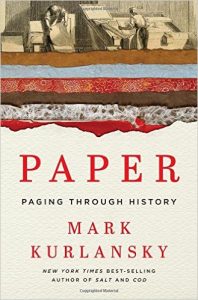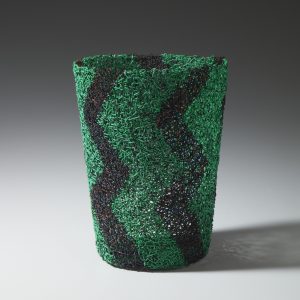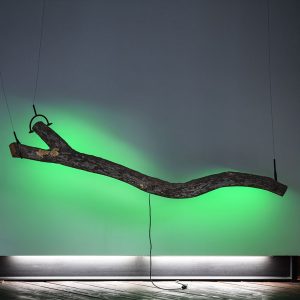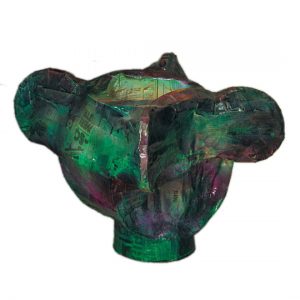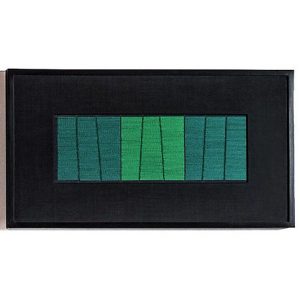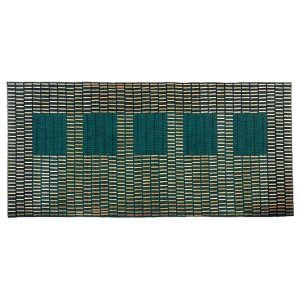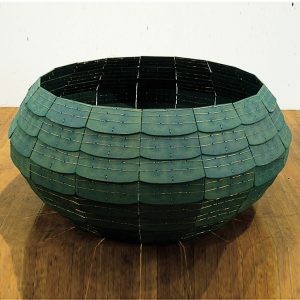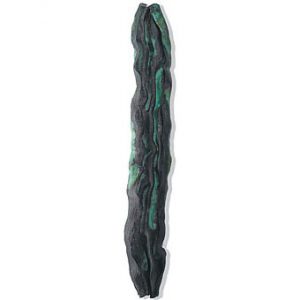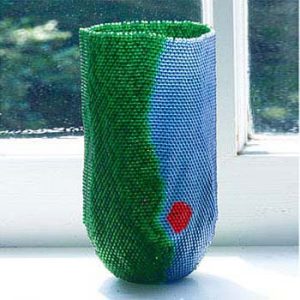We had four New This Week selections in January, including evocative sculptures of black willow and recycled aluminum plate and two works that offer commentary on current events.
Christine Joy sources, harvests and then transforms willow into dramatic sculpture. Smoke Ring represents a new direction for Joy, she says, “more looseness and movement on the edge, visually, of coming apart, more exploration of added color to give unity and emotional depth.”
Merja Winquist of Finland has created a stylized and shimmering Water Lily of recycled aluminum.
In Iron Curtain, a sculpture of burdock burrs, by Ceca Georgieva of Bulgaria, a figure seeks escape from a web of red threads. The work is about Georgieva’s generation, who remained n Eastern Europe after World War II on the Red side―the Communist side―of the Iron Curtain. “As children,” she says, “we proudly wore the red scarf of a Young Pioneer, and we believed whatever we were told to believe. Our future was programmed and seemed to be clear and beautiful. When cracks began to appear in the Iron Curtain and news from the West slowly filtered into the country, we learned about beat poetry, rock ‘n’ roll, blue jeans and Coca-Cola. We started to feel the lack of freedom and the desire to go out and to live without fear of restriction and deprivation. Then the wall fell down. Now, 25 years later, we are still in front of the half-open curtain, making efforts to get rid of the red iron threads.”
Are We the Same? by Norma Minkowitz, also addresses societal change, in this case, assimilation. “My thought was about our society and how, as time goes on, we intermingle and intermarry, ” says the artist, “and at the end we are a combination of many different genes and DNA and perhaps are eventually blended in some way.” Enjoy our selections.

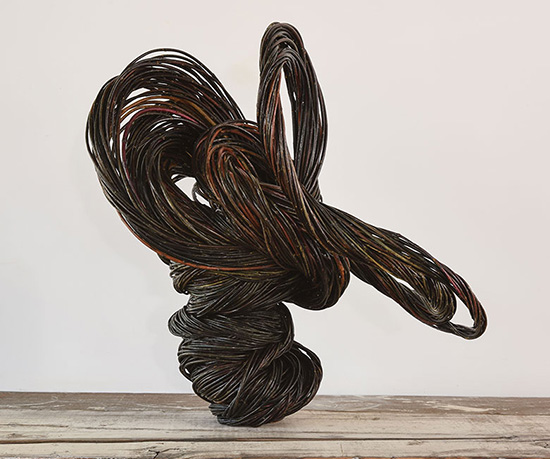
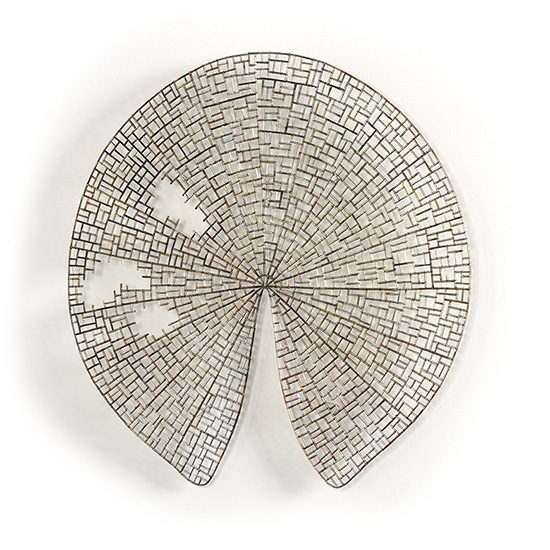
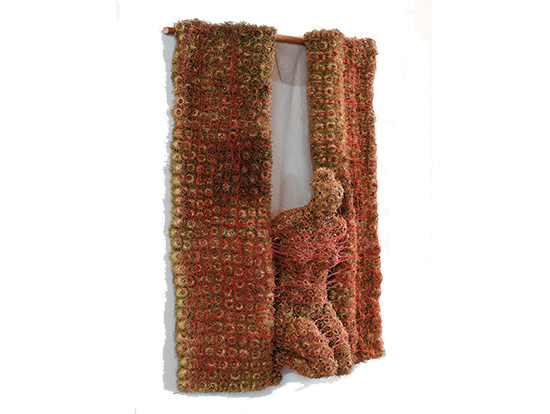



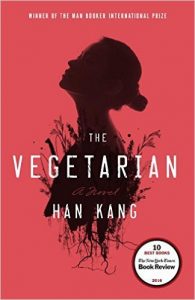

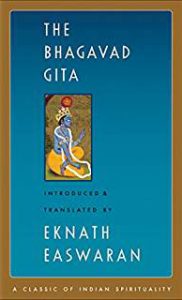 The Upanishads, introduced and translated by Eknath Easwaran (Nigiri Press). This collection of teachings is as timely now as it was 2000 years ago. Understanding the following words from the Brihadaranyaka Upanishad (iv.4.5) could be useful,” she says. You are what your deep, driving desire is. As your desire is, so is your will. As your will is, so is your deed. As your deed is, so is your destiny. The Mundaka Upanishad furnished the motto of the modern Indian nation, she notes, satyam eva jayate, nanritam, Truth alone prevails, not unreality” (iii.1.6).”Perhaps the global collective consciousness will awaken to this concept. I’m trying to remain hopeful.” Wahl adds that for readers interested in one of her favorite materials,
The Upanishads, introduced and translated by Eknath Easwaran (Nigiri Press). This collection of teachings is as timely now as it was 2000 years ago. Understanding the following words from the Brihadaranyaka Upanishad (iv.4.5) could be useful,” she says. You are what your deep, driving desire is. As your desire is, so is your will. As your will is, so is your deed. As your deed is, so is your destiny. The Mundaka Upanishad furnished the motto of the modern Indian nation, she notes, satyam eva jayate, nanritam, Truth alone prevails, not unreality” (iii.1.6).”Perhaps the global collective consciousness will awaken to this concept. I’m trying to remain hopeful.” Wahl adds that for readers interested in one of her favorite materials, 